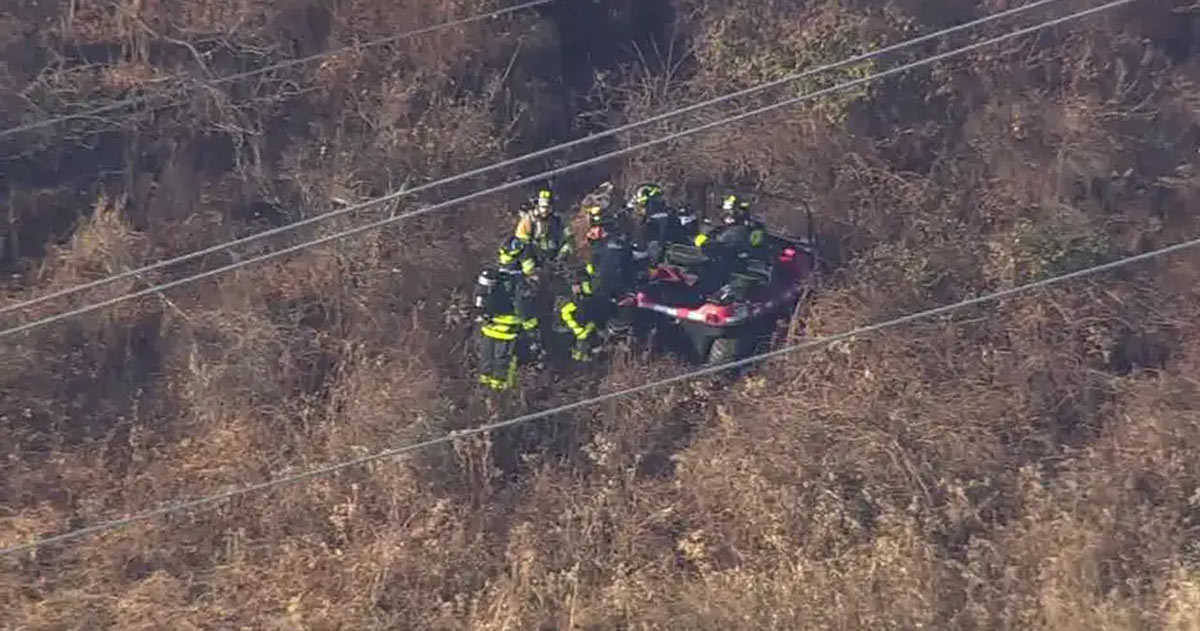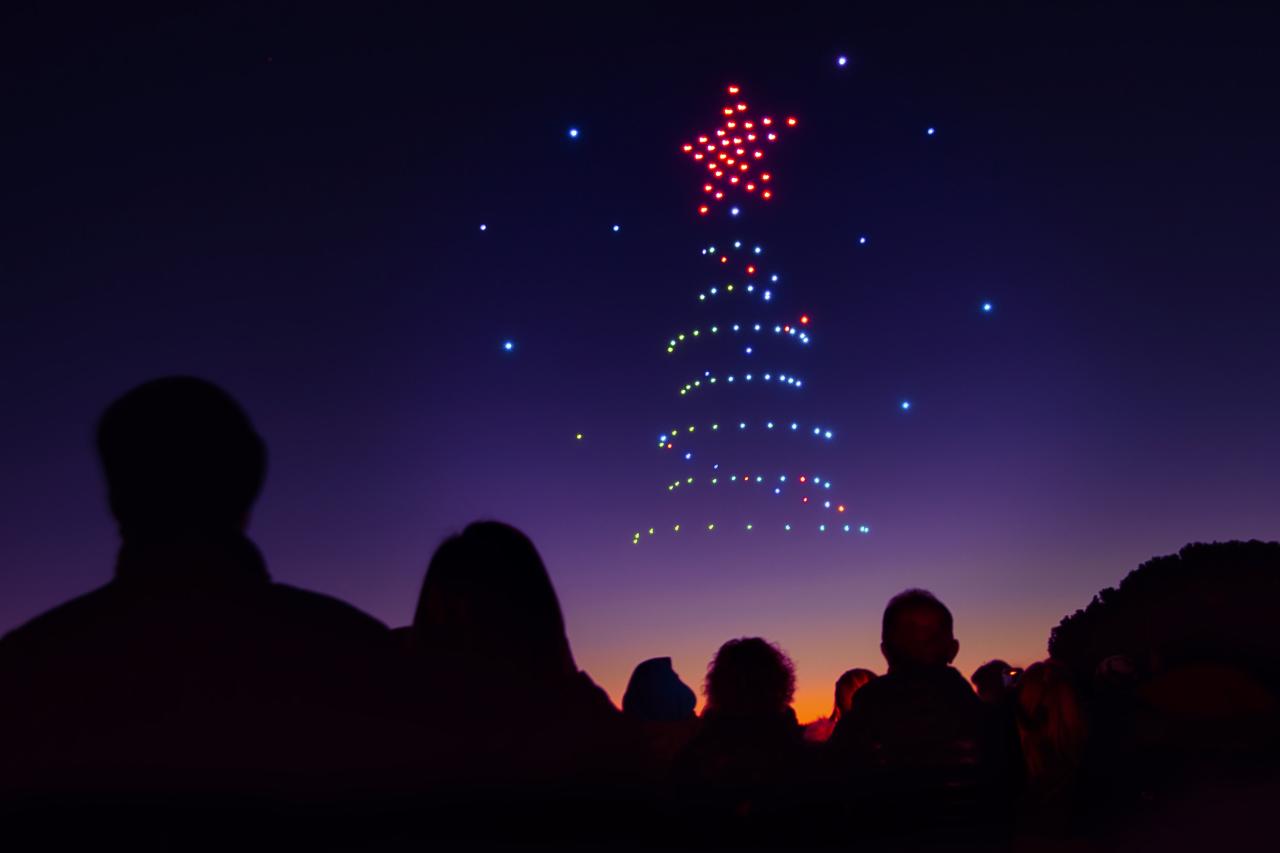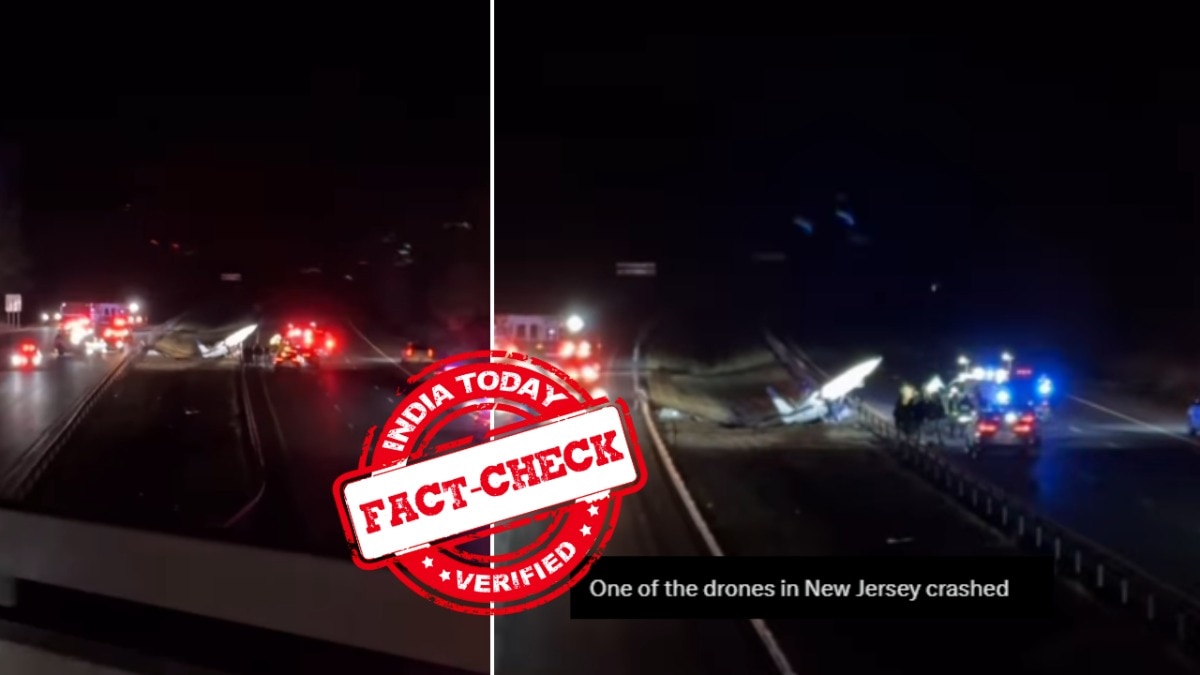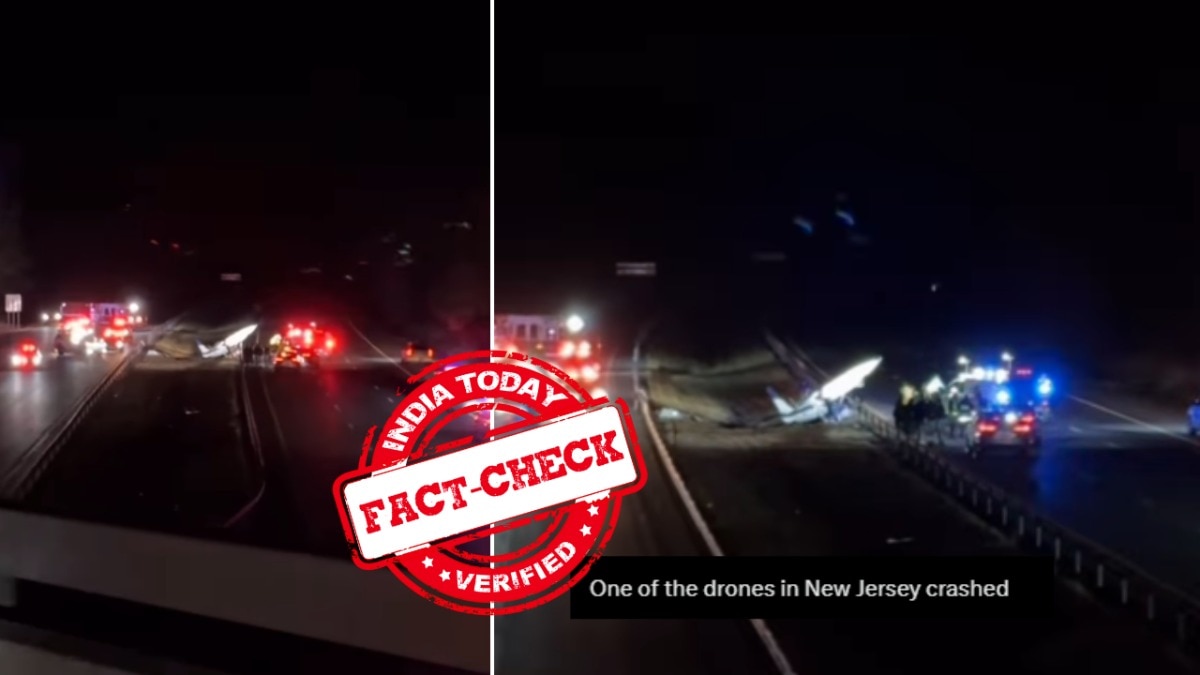Drone crash: It’s a phrase that evokes images of spinning rotors, sudden descents, and potentially costly damage. But understanding the reasons behind these incidents—from mechanical malfunctions and software glitches to pilot error and environmental factors—is crucial for safer drone operation. This guide delves into the various causes of drone crashes, explores different types of crashes, Artikels essential safety measures, and details post-crash procedures.
We’ll also examine real-world scenarios to illustrate the importance of responsible drone handling.
Drone crashes can be a real bummer, especially if you’re trying to capture stunning footage. To avoid a mishap, it’s smart to check out resources like this guide on flying drones in regulated airspace, such as drone in Paris , before you take to the skies. Understanding local regulations is key to preventing a drone crash and keeping your expensive equipment safe.
We’ll cover everything from pre-flight checks and maintenance to understanding how weather conditions and terrain can influence a drone’s flight stability. We’ll also discuss the legal and practical aspects of reporting a drone crash and recovering data from a damaged device. By the end, you’ll have a comprehensive understanding of drone crashes and how to mitigate their risk.
Drone Crash Causes
Understanding why drones crash is crucial for improving safety and preventing future incidents. Several factors, ranging from mechanical issues to pilot error, contribute to these accidents. Let’s examine the most common causes.
Mechanical Failures
Mechanical failures can range from simple issues like propeller damage to more complex problems with the drone’s motors, electronic speed controllers (ESCs), or flight controller. Propeller damage, often caused by impacts or collisions, can lead to loss of control and a crash. Motor failures, frequently due to overheating or wear and tear, result in a loss of thrust.
Similarly, faulty ESCs can disrupt the power supply to the motors, leading to unpredictable behavior and crashes. Problems with the flight controller, the drone’s “brain,” can cause erratic flight patterns and instability.
Software Glitches
Software glitches, or bugs in the drone’s firmware, can significantly impact stability and lead to unexpected crashes. These glitches can manifest as sudden loss of control, erratic movements, or complete system failure. Outdated firmware or improperly configured settings can also contribute to software-related crashes.
Human Error

Human error is a significant contributor to drone accidents. Inexperienced pilots may lack the skills to handle challenging flying conditions, while even experienced pilots can make mistakes under pressure. Improper operation, such as ignoring pre-flight checks or flying beyond the drone’s capabilities, significantly increases the risk of a crash. Poor decision-making in challenging weather conditions also contributes significantly.
Environmental Factors
Environmental conditions can significantly affect drone flight and increase the likelihood of crashes. Strong winds can easily overwhelm smaller drones, causing them to lose control and crash. Rain can damage electronics and reduce visibility, while extreme temperatures can affect battery performance and the structural integrity of the drone. Heavy snowfall or fog can similarly impact visibility and control.
Crash Cause Frequency

| Cause | Frequency | Severity | Contributing Factors |
|---|---|---|---|
| Pilot Error | 45% | High/Medium | Lack of experience, poor judgment, improper operation |
| Mechanical Failure | 30% | High/Medium | Propeller damage, motor failure, ESC malfunction |
| Environmental Factors | 15% | Medium/Low | Strong winds, rain, extreme temperatures |
| Software Glitch | 10% | Medium/High | Firmware bugs, improper settings |
Types of Drone Crashes
Drone crashes can be categorized based on the severity of damage and the nature of the impact. Understanding these different scenarios helps in developing appropriate safety measures.
Crash Severity and Impact Scenarios
Drone crashes range from minor incidents with minimal damage to catastrophic failures resulting in complete destruction. The severity of a crash depends on several factors, including the impact speed, the surface the drone hits, and the drone’s design. Impact scenarios can include ground collisions (the most common type), mid-air collisions (often involving other drones or obstacles), and water landings (which can lead to short circuits and damage).
- Ground Collision: Usually results in damage to the drone’s body, propellers, and landing gear. Severity depends on the impact speed and the terrain.
- Mid-Air Collision: Often causes significant damage to both drones involved. Can lead to complete loss of control and a rapid descent.
- Water Landing: Can short-circuit electronics and cause significant damage if the drone isn’t waterproof.
Crash Scenarios and Consequences
- A consumer drone crashing into a tree might result in broken propellers and minor frame damage.
- A commercial drone colliding with a building during a construction site inspection could cause significant damage to the drone and potentially injure people.
- A military drone experiencing a software malfunction and crashing in a remote area might result in the loss of expensive equipment and sensitive data.
Environmental Influence on Crash Type
Environmental factors significantly influence the type of crash that occurs. Strong winds, for example, can easily cause a loss of control, leading to a ground collision. Rain can reduce visibility and impact control, potentially resulting in a collision with an obstacle. Snow or ice can make landings difficult, increasing the risk of a crash.
Safety Measures and Prevention
Implementing robust safety measures is essential to minimize the risk of drone crashes. This involves a combination of preventative maintenance, pre-flight checks, and best practices for operation.
Preventative Maintenance
Regular maintenance is vital for keeping your drone in optimal flying condition. This includes inspecting propellers for damage, checking motor mounts for tightness, and ensuring all connections are secure. Cleaning the drone after each flight helps prevent the buildup of dirt and debris that could affect performance.
Pre-Flight Checks
Performing thorough pre-flight checks is crucial before every flight. This involves checking battery levels, inspecting propellers and motors for damage, calibrating sensors, and ensuring the GPS signal is strong. A checklist can help ensure all necessary checks are completed.
Best Practices for Drone Operation
Always operate your drone within its capabilities, avoiding challenging weather conditions like strong winds or heavy rain. Maintain a safe distance from obstacles and people. Never fly beyond visual line of sight (VLOS) unless legally permitted and with appropriate safety measures in place. Familiarize yourself with local regulations and airspace restrictions.
Safe Drone Operation Procedure

A flowchart depicting a safe drone operation procedure would visually represent the steps involved, from pre-flight checks to post-flight procedures, ensuring a systematic approach to safe drone operation. (Note: A visual flowchart would be included here in a real article.)
Drone Safety Features Comparison
| Feature | Effectiveness | Cost | Applicability |
|---|---|---|---|
| GPS Fail-Safe Return to Home (RTH) | High | Medium | Most consumer and commercial drones |
| Obstacle Avoidance Sensors | High | High | Higher-end consumer and commercial drones |
| Redundant Systems | Very High | Very High | Primarily professional and military drones |
| Geofencing | Medium | Low | Most drones with GPS capabilities |
Post-Crash Procedures
Following a drone crash, prompt and appropriate action is crucial to minimize further damage and ensure safety. This involves a systematic approach to assess damage, recover data, and report the incident.
Immediate Actions After a Crash
First, ensure your safety and the safety of those around you. Turn off the drone to prevent further damage or injury. Assess the immediate surroundings for any hazards or damage caused by the crash.
Damage Assessment, Drone crash
Carefully inspect the drone for damage. Check propellers, motors, ESCs, flight controller, and the airframe for cracks, breaks, or other damage. Document the damage with photos or videos.
Data Recovery
If possible, attempt to recover any data from the drone’s SD card or internal storage. This data can be crucial for understanding the cause of the crash. Handle the SD card carefully to avoid further damage.
Safe Handling of Damaged Drone
Handle the damaged drone carefully to avoid further injury or damage. Use gloves if necessary to prevent cuts or electrical shocks. Transport the drone carefully to prevent further damage during transit.
Reporting a Drone Crash
Report the crash to the relevant authorities, such as the Federal Aviation Administration (FAA) in the United States or your country’s equivalent aviation authority. Provide details about the incident, including the location, time, date, and the circumstances leading to the crash.
Drone Crash Case Studies
Analyzing hypothetical drone crash scenarios helps illustrate the various factors contributing to accidents and the importance of safety measures.
Drone crashes can be frustrating, especially when you lose valuable footage. But hey, if you’re into tech, you might find fixing the drone’s onboard computer a fun challenge! Maybe you even need to build a new one – check out this awesome pc builder resource for guidance. Learning to build PCs will definitely help you troubleshoot those drone issues more effectively in the future.
So, next time your drone takes a dive, you’ll be better equipped to handle it.
Hypothetical Crash Scenario
Imagine a DJI Mavic 3 drone being flown by an inexperienced pilot in a park on a windy day. The pilot, unaware of the strong wind gusts, loses control of the drone. The drone is tossed around by the wind and eventually crashes into a tree, resulting in significant damage to the propellers and airframe. The pilot, luckily, was not injured, but the drone was beyond repair.
The incident highlights the importance of checking weather conditions and having sufficient piloting skills before flying.
The investigation revealed that the pilot did not perform proper pre-flight checks, overlooking the strong wind conditions. This emphasizes the need for thorough pre-flight checks and understanding the drone’s limitations in challenging environmental conditions. The damaged drone was retrieved, and the data from its flight log helped confirm the wind’s role in the crash. The incident serves as a cautionary tale of the consequences of inadequate pilot training and pre-flight preparation.
Outcome Summary
Successfully navigating the world of drone operation requires a proactive approach to safety and a thorough understanding of potential risks. From meticulously planning your flights and conducting thorough pre-flight checks to understanding the impact of environmental factors and knowing what to do in the event of a crash, this guide provides the knowledge necessary to minimize the risk of drone crashes.
Remember, responsible operation is key to enjoying the benefits of drone technology while protecting yourself, others, and your equipment. Stay informed, stay safe, and fly responsibly!
FAQ Summary: Drone Crash
What should I do immediately after a drone crash?
Prioritize safety! Ensure the area is safe, assess any injuries, and then secure the crash site. Take photos and videos of the scene and damaged drone.
How do I choose the right insurance for my drone?
Drone crashes can be a real bummer, especially if you lose your expensive equipment. Figuring out what went wrong often involves a bit of detective work, and sometimes you need to brainstorm – check out this list of 6 letter words starting with ai if you’re stuck! Maybe it’ll spark some ideas about potential causes of your drone crash, leading to a smoother flight next time.
Proper pre-flight checks are key to avoiding another mishap.
Research different drone insurance providers, comparing coverage options and prices. Consider factors like your drone’s value, your flight activities, and the liability coverage offered.
Can I repair my drone myself after a crash?
It depends on the extent of the damage. Minor repairs might be feasible, but significant damage often requires professional repair or replacement.
What are the legal ramifications of a drone crash?
This depends on the circumstances and location of the crash. You may be liable for damages or injuries caused, and reporting requirements vary by region. Check local regulations.
